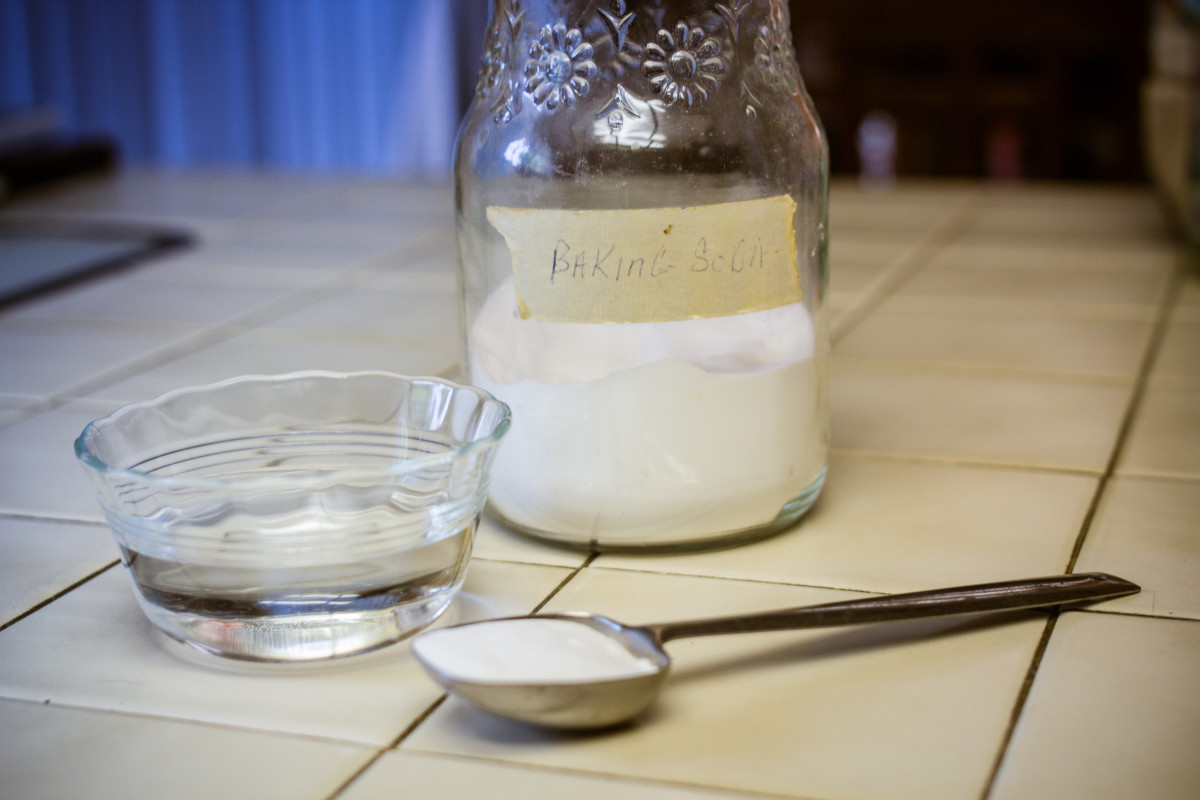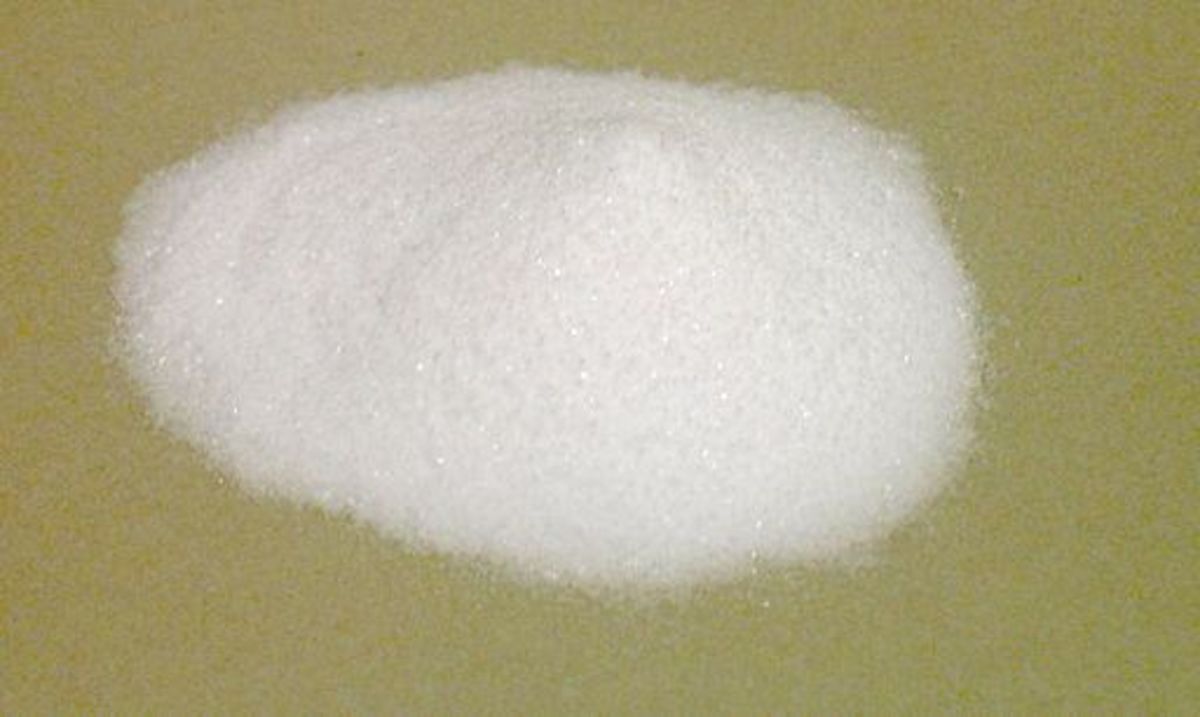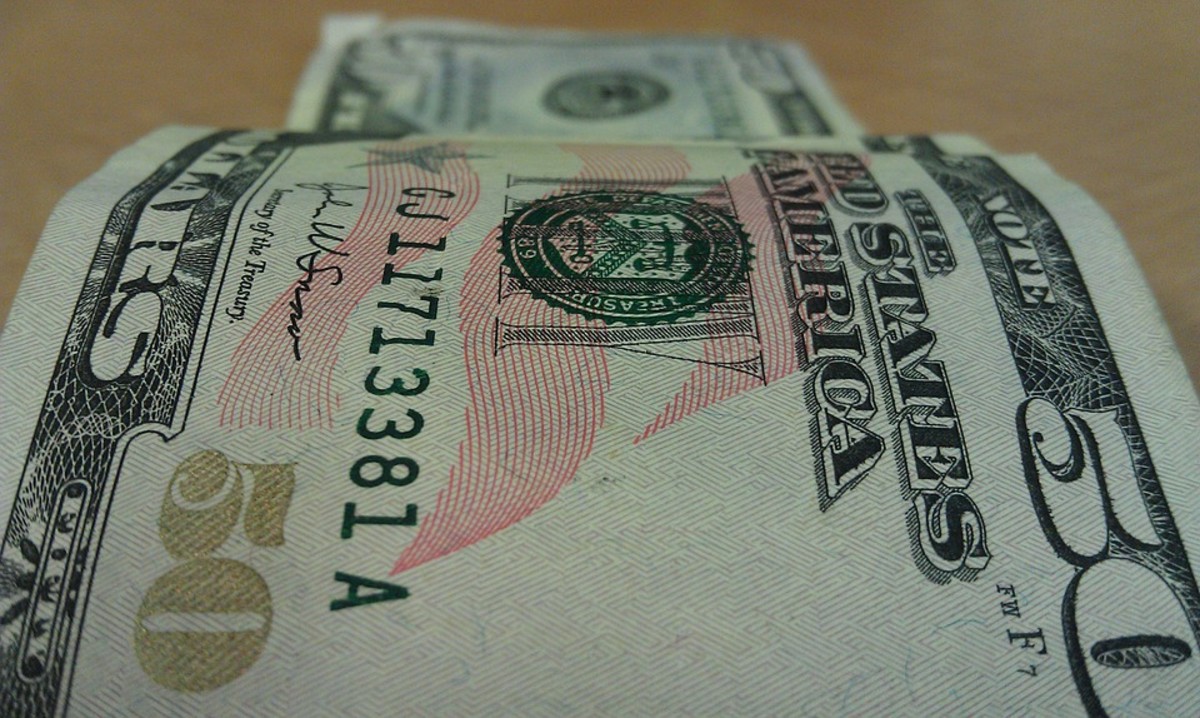The No-Poo Movement: Alternatives to Shampoo
Benefits of Going No-Poo
- No dangerous chemicals used on your hair and body
- Environmentally friendly (no chemicals ending up in waterways)
- No plastic waste
- Cheaper
- Natural
- Saves time (as you won't have to wash your hair every day) and lowers water consumption
What is the ‘No-Poo’ Movement?
No longer is not washing your hair just for hippies and hipsters. Now it is a popular trend gaining momentum in an eco-friendly society. It’s called the no-poo movement, where women and men around the world are shunning traditional hair care products in favor of more natural alternatives.
It’s not as crazy as it sounds. Shampoos are actually really bad for your hair. The chemicals traditionally found in shampoos - most notably sodium lauryl sulfate and sodium laureth sulfate - actually dry out your hair. This is why conditioner exists, to replace the moisture that shampoo strips from your hair. Doesn’t make sense does it, to pay for a conditioner that you only need because your shampoo is drying out your hair?
The No-Poo movement (or No-Shampoo movement) seeks to cut out shampoos and conditioners altogether.The ultimate goal is to only use water, or tea, to wash your hair. However, it may take some time to get to that place. All that shampooing that you have done over the decades that has dried out your hair, also caused your scalp to produce more oil to compensate (shampoo is actually the cause of greasy hair). If one were to quit shampooing, the scalp would eventually stop overproducing oil and return to a more balanced state. Because of this transition, one can’t just quit washing your hair cold turkey and go straight to using only water or tea. After quitting shampoos, there needs to be an adjustment phase while your scalp balances out the amount of oil it needs to produce.
In the meantime, you can use one of these alternatives to keep your hair looking clean and healthy.

Alternatives to Shampoo
Baking Soda and Apple Cider Vinegar
Baking Soda and Apple Cider Vinegar (ACV) are great for just about everything from cooking and cleaning to getting the fish smell out of your dog’s fur (How to Get the Fish Smell Out of Dog Fur). Apparently it is also a great shampoo and conditioner combo.
There are several different methods online for washing your hair with baking soda from making a paste with the baking soda and massaging it into your hair and leaving it on to making a liquid and just pouring it over your head. The best method, in my opinion because the directions are clear and concise, is found here: How to Go No-Poo where they suggest using 1-2 tbsp of baking soda dissolved in water. Pour it ideally around your roots and then massage the solution into your scalp and down to the tips of your hair, then rinse. Massaging your scalp is very important when you go 'no-poo' as it stimulates the skin on your scalp and helps clean you scalp of dead skin cells and other gunk.
We all know baking soda is a great cleaner and it can get the smell out of just about anything, which is why it is found in pretty much every fridge in America, but baking soda is also a great pH balancer, which is why I use it as a facial scrub and which is part of the reason it is so great at washing your hair.
To condition your hair, follow up with some ACV. Again, per How to Go No-Poo mix 1 tbsp of vinegar per 1 cup of water (so if you have long hair like me you might need 2 tbsp of vinegar in 2 cups of water). Pour it in your hair around the roots again and massage it into your scalp and down to the tips of your hair, then rinse.
Apple cider vinegar works as a conditioner because, like the baking soda it is a good pH balancer. The baking soda is slightly basic and the apple cider is slightly acidic, which any good chemist can tell when an acid and base react the result is a neutral product. ACV can also repair the protective outer layer of your hair. Anyone will tell you that the key to good hair is a healthy scalp, and both of these products can help you restore health to the skin on your head. There are also testimonials on the web of people insisting that ACV, because it restores your scalp and hair, can actually help reverse balding and make hair grow.
Will your hair smell like vinegar? If you rinse thoroughly, probably not. But if you are worried about it, try adding some honey, or an essential oil, such as lavender essential oil, to the ACV to make your hair smell pretty. You can also rinse with tea afterwards.
There are also a lot of testimonials on the web of people saying baking soda and apple cider vinegar ruined their hair. That may be true, but I think a lot of time the reason why this method did not work for people is because they over did it. This is not a method that can be used every day. If you wash your hair with baking soda and ACV every day, you are absolutely going to ruin your hair because you are definitely going to dry it out. I don’t think a lot of people understand that going no-poo means you aren’t supposed to wash your hair every day. That is not how this works. Baking soda and ACV are only used when necessary when your hair starts to get really greasy and you just can’t take the bad hair anymore, and it should not be used more than 2-3 times a week. I will say, however, that the thicker your hair is, the more likely this method will work for you and the finer your hair is, the less likely it will work for you. It really depends on your hair.
Then there is this ‘scientist’ Nicki Zevola, founder of Future Derm, who says baking soda and ACV are a myth and scientifically proven to be bad for your hair. Watch the video to the right. I am a scientist too, having a degree in chemistry, and I think she is purposely leaving out information. First of all she says baking soda is bad because it is basic and opens up the follicles on your hair, however ACV because it is acidic closes up those pores essentially neutralizing the effect, which she shows in the pictograph on screen, but fails to mention. Second, mixing baking soda and ACV is an acid base reaction, as I stated earlier, that will produce carbon dioxide and water as stated in the video, but both chemicals are diluted before you use them and your hair is rinsed after application so even if your hair did produce water and carbon -which it probably won't- it would be in minuscule quantities. Third, she says adding these products straight to your hair will damage them. Well of course it would, but I seriously doubt anyone is dumping ACV straight onto their hair. That would be silly. And fourth, it’s really not that hard to make the solutions before you wash your hair despite this video suggesting that it is so hard. I disagree completely with her assessment that it is better to buy shampoo (or premade products as the video calls it) based on the science of this video. Also, I couldn’t find Nicki Zevola’s credentials anywhere -and trust me I looked all over her website, blog and internet to find them- besides her saying she was ‘trained as a scientist’ which doesn’t mean much, so I’m not sure what makes her qualified to make these statements.
Or if you are not willing to try baking soda and ACV in fear for your hair, don’t use them. There are other methods.
Fun Fact
Did you know that people didn't start washing their hair every day until the 1970s? Before that it was common to go weeks, even months, without washing your hair. So daily washing, is in fact, a new trend.
Use Less Shampoo
I know, I know. This isn't really an alternative product so much as it is a method. One way to become 'no-poo' is to simply wash your hair less and less, go longer and longer between washings. For example, if you wash your hair today, wait two more days before you wash your hair again. Then wait 3, then 5 days, stretch it out as long as possible until you don't need to shampoo anymore. Then switch to simply using water to wash your hair or do a tea rinse, which I will talk about more later on in the article.
Besides, it's really not that good to wash your hair every day anyway, so why not add a few more days in between?

Eggs
When I was a little girl, my grandmother used to make facemasks out of egg. She absolutely swore by it, said it made her skin beautiful. As I child, I thought it was gross. Turns out I was wrong.
Egg is great for your skin, it’s also great for your hair. Blogger Lucy Aitken Read, who is a firm devotee and advocate of the no-poo method, says she uses the entire egg and massages it into her head from the roots to the tip. Let the egg sit on your hair for a few minutes before rinsing. Aitken Read says it leaves her hair feeling soft and clean and egg also conditions your hair. Unfortunately the downside is that you have to rinse your hair in cold water. You can read more about Aitken Read’s methods of washing her hair without shampoo here: Lulastic. She has also written an e-book on the topic.
Condition Only
This is the method I use. I do not use shampoo, I only use conditioner. My hair has never been greasy using this method. The only catch is that one must buy conditioner that is silicon free. Companies advertise silicon as protecting one's hair from drying, by coating the hair. However, this effect only lasts for a little while before it wears off leaving one's hair drier and more brittle than before. Many conditioners nowadays will advertise it if is silicon free, such as L'Oreal's EverSleek sulfate- and silicon-free smoothing system. If you cannot find something advertised as silicon free, look at the ingredients. Obviously you will recognize silicon in the ingredients, however if you see the word dimethicone, that is also silicon.
The benefits to this method is that after a while, your hair will be super soft and the conditioner works just as well as a shampoo to wash one's hair. The downside, is that you are still using chemicals to clean your hair, but without the over drying affects of shampoo and silicon conditioner.
Rhassoul Clay, Henna or Coconut Oil
For a deep conditioning treatment, try rhassoul clay, henna or coconut oil. According to Mountain Rose Herbs rhassoul clay has been used for over 1400 years as a soap, conditioner and skin treatment. Today it is often used in spas. It sounds expensive, but it’s really not. The website above sells it for $10 per pound, which is certainly cheaper than buying shampoo and conditioner. Use this method as a deep conditioning treatment every week, or even every couple of weeks. The same goes for henna, or coconut oil, which you can also use as an alternative to rhassoul clay.

Soap Nuts
A soap nut, is a nut or berry, that contains saponin, a natural cleanser. The pulp of these nuts or berries can be used to make soap, but without all the chemicals. According to Wikipedia, people have been using soap nuts for thousands of years for washing.
Blogger Lucy Aitken Read says to use soap nuts one first needs to heat them in hot water for 10 minutes, before liquefying them with a blender. However, wikiHow says it is possible to soak the soap nuts (about 8 -10 for long hair) in a bowl of water overnight and it’ll be liquid by morning. Wash your hair just like you would with a shampoo. Aitken Read suggests rinsing with ACV after for a good condition.
Make Your Own Shampoo at Home
A lot of natural ingredients, such as honey, jojoba, vegetable oil (or vitamin E oil), coconut oil, are great for your skin and hair. By making your own shampoo you can mix a lot of these great natural ingredients together yourself to make a recipe that works for your hair without all the harsh chemicals that shampoos offer. There are probably hundreds of recipes on the internet. Here are two to get you started.
The one common ingredient, however, in many of these recipes is Liquid Castile Soap. This soap does not contain detergents or foaming agents, but I cannot verify that liquid castile soap does not have any chemicals at all in it. Castile soaps do contain lye or potassium hydroxide. But with products such as one to the right, the manufacturer claims that none of the potassium hydroxide remains after saponifying oils into soap and glycerin, otherwise the potassium hydroxide chemically reacts with the other agents in the soap or evaporates during the soap making process.
Also making your own shampoo can be time consuming.
Tea
Tea is a rinse and not a way to wash your hair, but remember the ultimate goal of the no-poo movement is not to wash your hair at all, so all you would need is a nice tea rinse. The benefits of using tea instead of water is that tea would make your hair smell nice. Just a plain, simple tea is all you need, but you can get fancy and use whatever you want.
Some claim tea even has the power to make your hair more vibrant in color or even have the power to dye it (in various shades of your own natural color, it doesn’t actually die your hair a different color). For example, according to Holistic Chick, black tea will make brown hair darker, chamomile will make blonde hair more blonde, and red or rooibos tea will make red hair more vibrant. And for covering those gray hairs, brew regular plain tea with sage. The down side? You have to mix 2-3 bags of tea in 2-3 cups of water and leave the solution in your hair for 30 minutes to an hour. The longer you leave it in, the better the results. I’m not sure I have the patience to leave something in my hair for that long.
On the flip side, you could always add a few tea bags to your bath and see if that makes a difference. Just kidding!

With the no-poo movement gaining momentum, it is only a matter of time before most of these products can be found on the shelves of your local pharmacy instead of just on sale at your local herbalist or hippie store. Soon companies will probably be making their own natural versions of shampoos, sans chemicals as well. In fact, Bumble and Bumble founder, Michael Gordon, claims no one will be using shampoo in five years. Their product, Purely Perfect Cleansing Crème uses peppermint, aloe vera, rose flower and evening primrose oil, instead of silicones, detergents, and sodium laureth sulfate. Unfortunately this product is kind of expensive, and again I can’t guarantee that it is 100% chemical free, but in the future natural products like this will mostly be more widely available and cheaper.
If you absolutely cannot stand not washing your hair every day, the no-poo method is not for you. I am only in the beginning phase of cutting out shampoos and conditioners, so I can’t tell you how it will work out, but there are plenty of testimonials on the internet who swear by this method. Plus, by cutting out shampoos and conditioners, you are decreasing the amount of chemicals and plastics ending up in the environment and helping preserve it for future generations. What have you got to lose by trying it?









